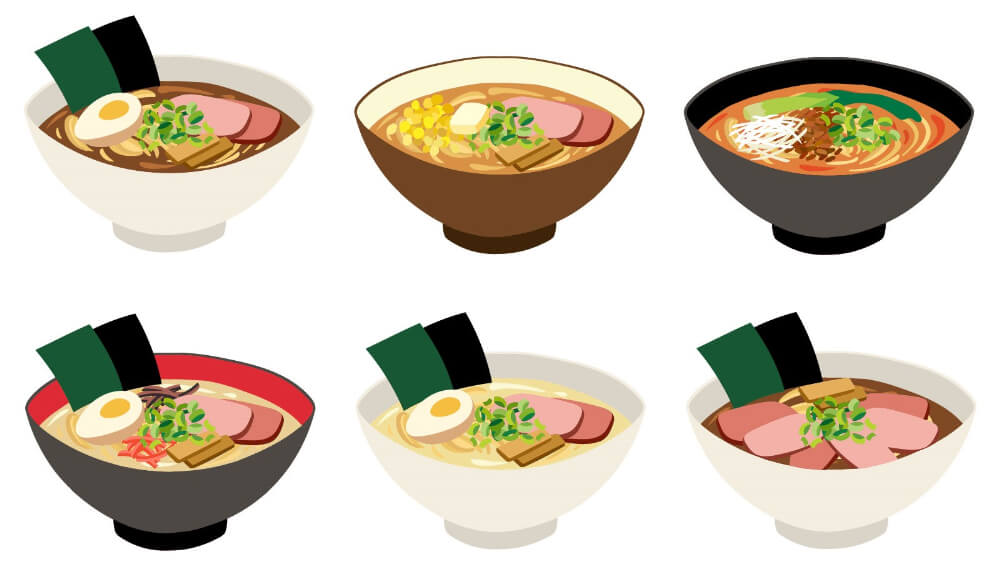Ramen is one of Japan’s most iconic dishes along with sushi. With countless variations available, ramen offers a rich and diverse culinary experience. In this article, we’ll introduce the 4 basic types of ramen, regional specialties, and some new styles of ramen.
What is Ramen?
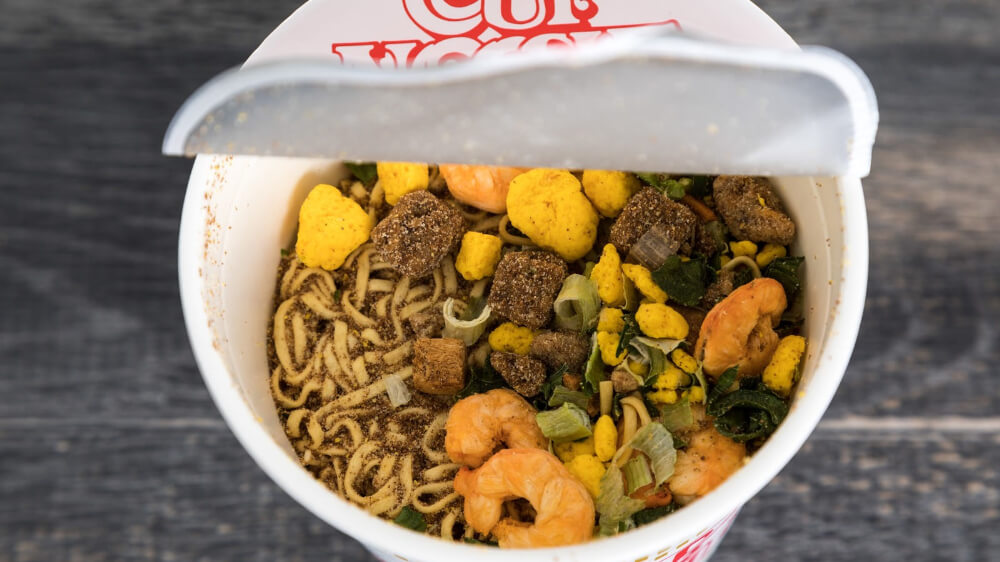
Ramen is a noodle soup dish made from wheat noodles, enjoyed not only in Japan but worldwide. The combination of noodles, dashi (broth), and toppings creates uncountable variations, making ramen incredibly appealing.
Although it may seem like a Chinese dish, ramen was actually produced and developed in Japan. It originated in the late 19th century when Chinese cooks in Yokohama’s Chinatown started making it. Since then, ramen has evolved uniquely within Japan and become a beloved national dish. Today, there are ramen restaurants everywhere and you can find some regional twists.
Main Types of Ramen
Ramen comes in various types, each defined by its base broth, seasonings, and toppings. Here are the four main types:
Shoyu Ramen
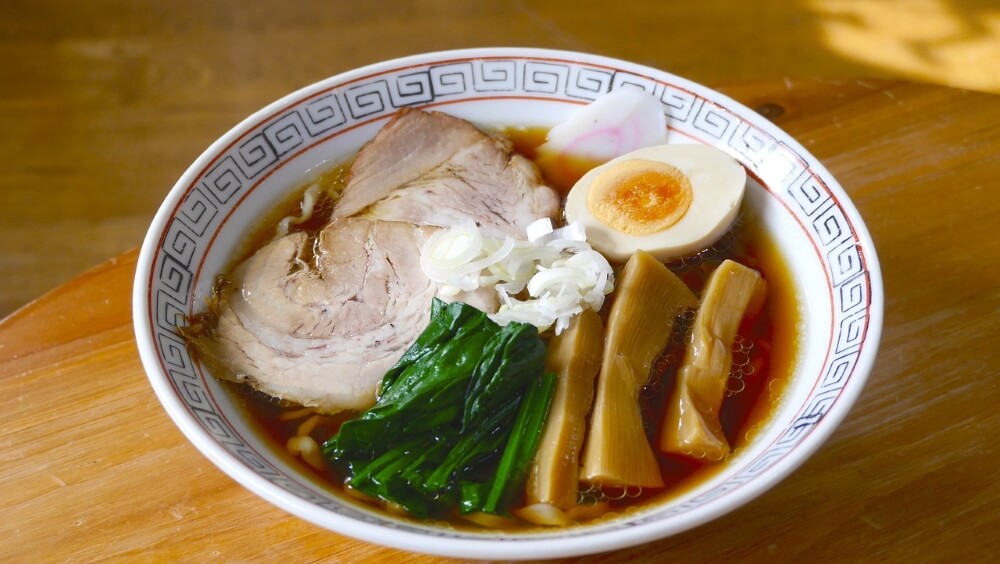
Shoyu ramen features a soy sauce-based soup, and it is one of the oldest and most traditional types. The soup base typically includes chicken, pork bones, or seafood, but soy sauce plays a main role and gives a light flavour. Classic toppings include chashu (roasted pork), menma (fermented bamboo shoots), negi (green onions), seasoned soft-boiled eggs, and nori (seaweed).
Miso Ramen
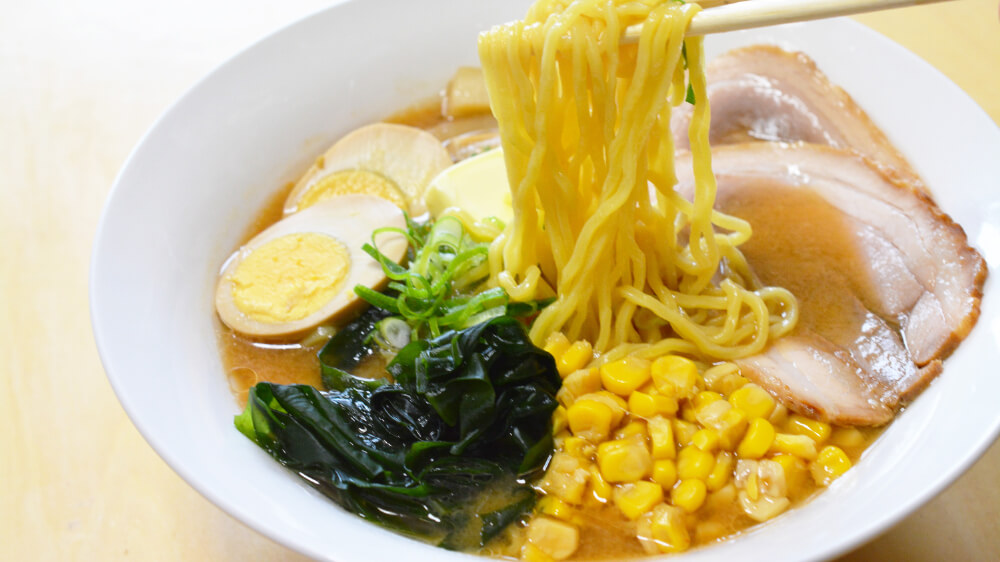
Miso ramen has a rich soup based on pork or chicken bones and flavoured with miso (fermented soybean paste). It’s especially popular in colder regions for its hearty warmth and the deep umami flavours of soybeans. There many types of miso and different miso varieties create diverse flavours. So, comparing miso ramen from various shops is really fun. Staple toppings include chashu, corn, butter, green onions, and bean sprouts.
Tonkotsu Ramen
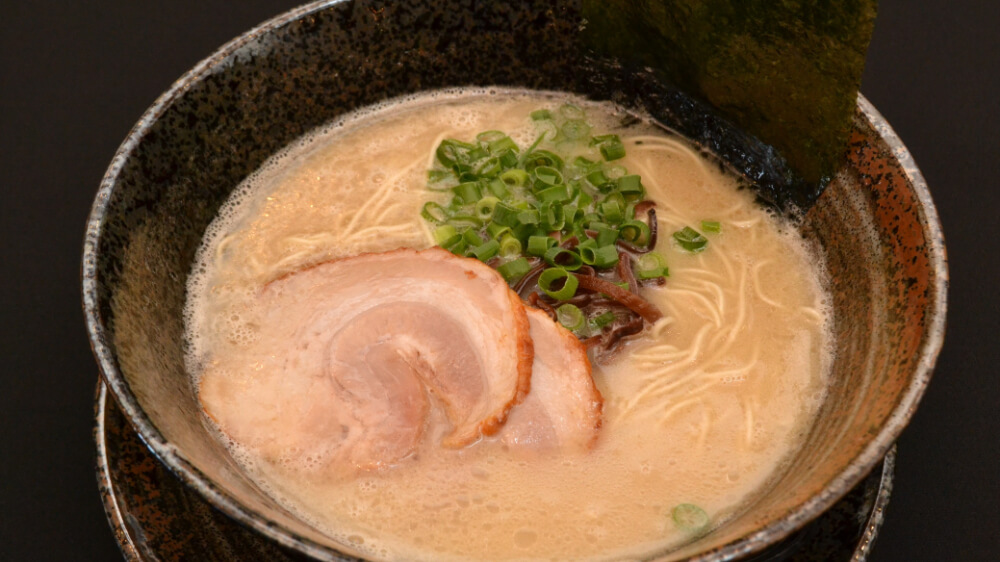
Tonkotsu ramen is known for its creamy, milky soup made by simmering pork bones for hours. The soup is very rich and has a strong pork flavour. Despite being the newest of the four main types of ramen, it has gained immense popularity globally. Typical toppings include chashu, kikurage (wood ear mushrooms), green onions, seasoned soft-boiled eggs, and garlic. The most famous variant is Hakata ramen, characterised by its thin noodles. Tonkotsu ramen is often associated with thin noodles, influenced by Hakata ramen’s overwhelming popularity.
Shio Ramen
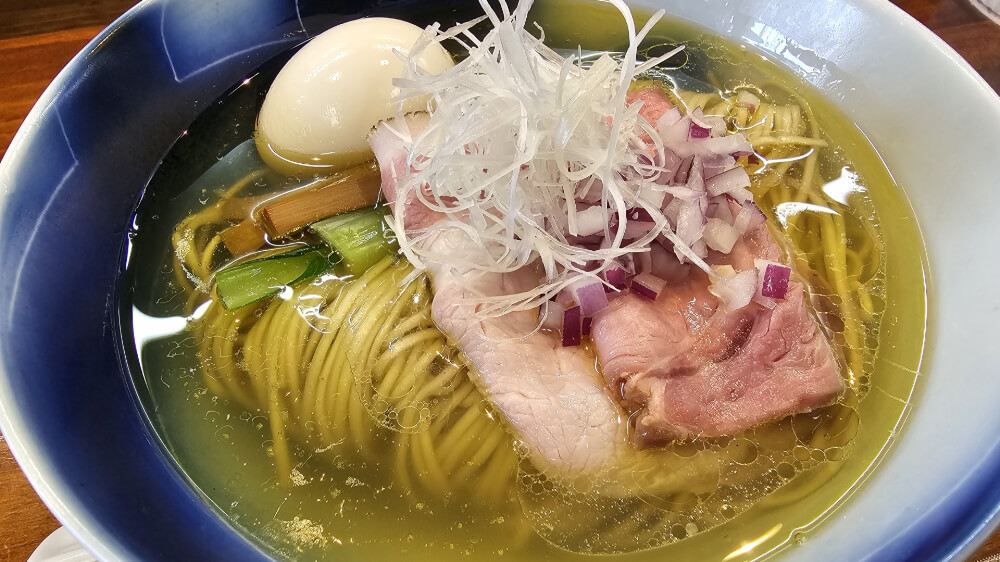
Shio ramen features a clear, salty soup, often made from seafood or chicken bones. It allows the natural flavours of its base ingredients to shine, sometimes incorporating premium ingredients like sea bream, duck, or specialty chicken for the broth. Toppings are usually simple, like chashu, green onions, menma, and marinated eggs. It is also common to top it with the fish or meat used to make the broth.
For more about traditional Japanese seasonings like soy sauce and miso, check out our article “Japanese Ingredients & Seasonings You Must Try in Japan“.
Regional Specialties
Hakata Ramen
Hakata ramen is one of the most famous local varieties originated in Fukuoka. It’s known for its rich, creamy tonkotsu broth and very thin noodles. Hakata ramen shops often offer “kaedama” (noodle refills) and allow customers to choose the firmness of their noodles. Locals enjoy it with a generous amount of garlic.
Sapporo Ramen
While Sapporo ramen is best known for its miso variety, shops also serve other types of ramen such as shoyu and shio. The base broth is typically made from pork bones and vegetables. The standout feature of Sapporo ramen lies in its noodles, which are yellow due to the inclusion of egg, and their chewy texture, contributing to their popularity.
Kitakata Ramen
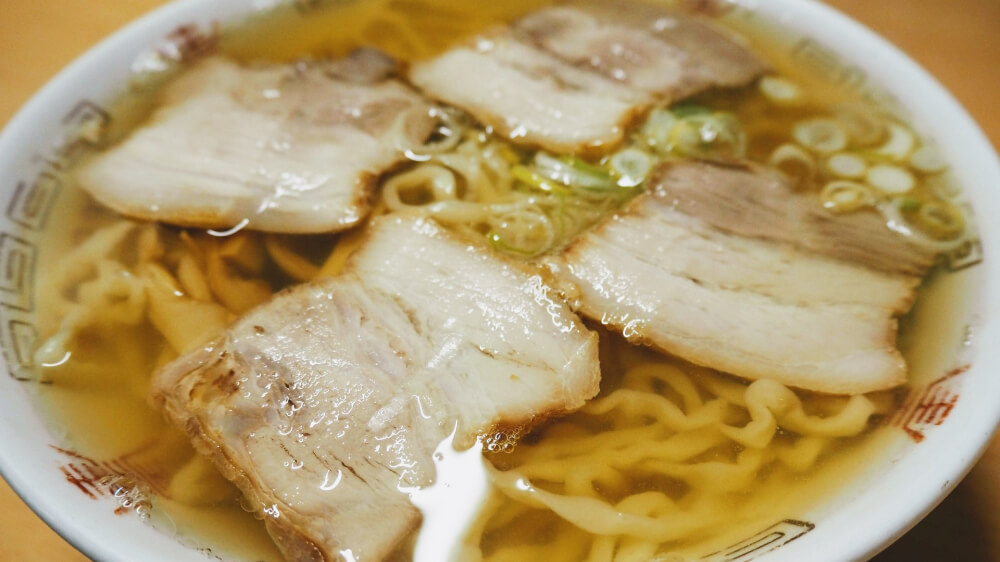
Kitakata ramenoriginates from Fukushima prefecture and is served with a light, clear shoyu soup made from pork bones and seafood. It’s simple yet delivers a robust umami flavour. The noodles are thick, flat and wavy, with a smooth and chewy texture. Another highlight of Kitakata ramen is the tenderly roasted chashu pork topping.
Modern Styles of Ramen
Ramen has inspired various innovative noodle dishes that have become popular in their own right. Here are a few standout examples:
Tsukemen
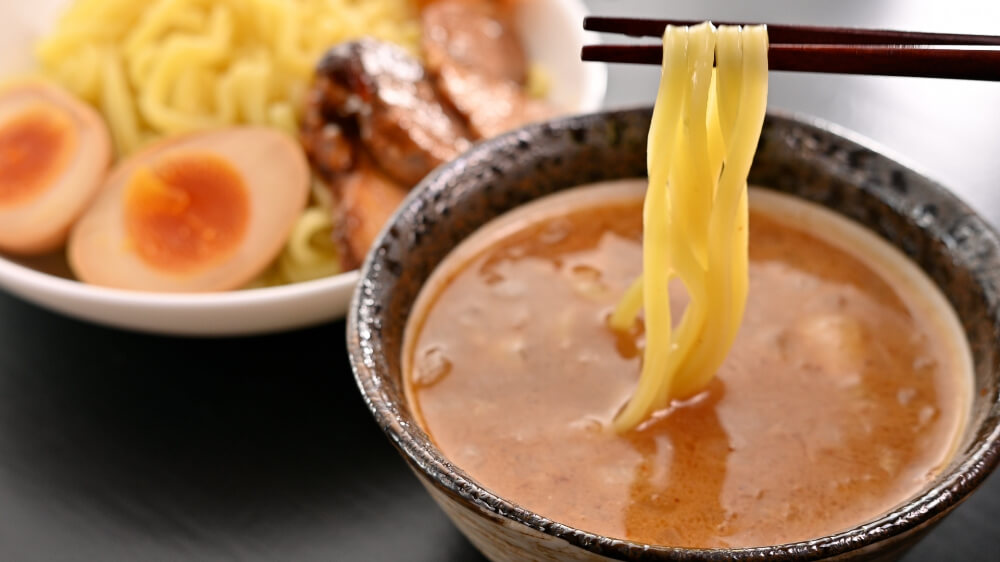
Tsukemen is a style of ramen where the noodles are served separately from the concentrated dipping sauce. The sauce is usually much richer and stronger than regular ramen broth, which makes it perfect for clinging to the noodles. You can adjust the dipping sauce’s strength by adding hot water, and it can also be enjoyed as a soup after finishing the noodles. Tsukemen can be served with either hot or cold noodles.
Tantanmen
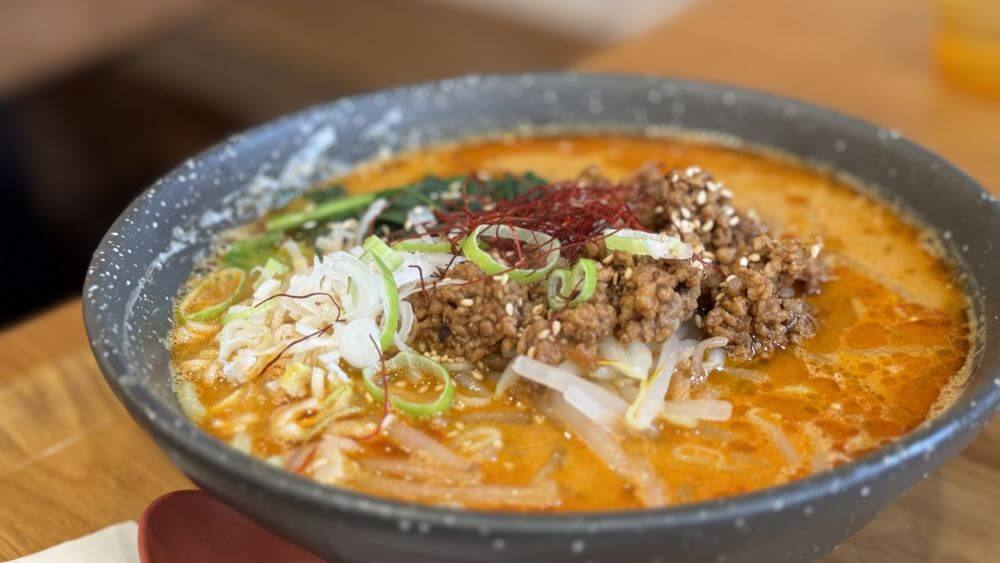
Tantanmen is a spicy ramen with a sesame-aroma soup, which offers a blend of heat and richness. It’s especially popular during winter for its wormness. Common toppings include spicy miso-seasoned minced pork and leafy greens like bok choy or spinach. Many places also allow you to adjust the level of spiciness to suit your taste.
Mazemen

Mazemen is a brothless ramen where noodles and toppings are mixed with a soy-based sauce. It’s typically garnished with spicy miso-seasoned minced meat, raw egg, green onions, and garlic chives. By mixing everything well, you can enjoy the harmony of ingredients. In Nagoya, where Mazemen originated, it’s also known as “Taiwan Mazesoba.”
Ramen is a beloved dish worldwide, and in Japan. Beyond the traditional types, there are a variety of regional and modern ramen to enjoy. We hope this guide helps you discover your next favourite bowl of ramen!
